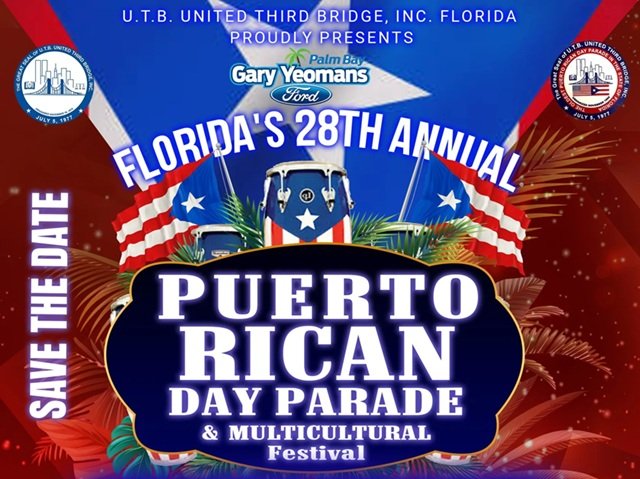Easy as 1 – 2 – 3 –

Chicharrones are made from fresh pork belly and a cut that doesn’t include much meat (the meat doesn’t really hold up well to the process, it’s the fat that counts here). You cannot compare store bought chicharrones to these. And they are so easy….
During our holiday food festivities, we are not really interested in huge quantities of chicharron but a taste. Cut off some pieces of fat with a sliver of meat from your pork and fry, fat down and then turn to fry the skin part. Remove from the pan and place of paper towels to drain excess fat. Salt well and enjoy! How easy is that?
Puerto Rican Chicharrones: A Crispy Culinary Tradition
Puerto Rican cuisine is known for its bold flavors, hearty dishes, and deep cultural roots. Among its many beloved foods, chicharrones hold a special place in the hearts—and appetites—of Puerto Ricans. These crispy, savory pork bites are more than just a snack or side dish; they represent a long-standing tradition that blends indigenous, Spanish, and African influences into one irresistible treat.
What Are Chicharrones?
In Puerto Rico, chicharrones refer primarily to fried pork belly or pork rinds. The term can also apply to other meats, including chicken (chicharrón de pollo), but the most traditional and popular version is made from pork. The dish typically includes meat, fat, and skin, which are seasoned, marinated, and then fried to golden perfection. The result is a crunchy exterior with juicy, flavorful meat inside.
Chicharrones can be enjoyed in various ways: as a main dish, bar snack, side, or even an appetizer at parties. They are often served with lime wedges, tostones (fried plantains), or dipping sauces like mojo or pique criollo—a vinegar-based hot sauce.
Historical and Cultural Roots
The origins of chicharrones in Puerto Rico can be traced back to the island’s colonial history. When the Spanish colonizers brought pigs to the Caribbean in the 15th century, pork quickly became a staple protein in the local diet. African and Taíno cooking techniques also played a role in shaping how pork was prepared and seasoned.
meat, especially in rural areas where refrigeration wasn’t readily available. Chicharrones became a common item sold by street vendors and in small countryside towns (los campos), often made fresh on the spot in large calderos (cast iron pots).
The dish’s popularity grew alongside Puerto Rico’s rich tradition of communal cooking and celebration. Making chicharrones is often part of family gatherings, holidays, and fiestas patronales (patron saint festivals). The communal act of preparing and sharing chicharrones helps preserve both culinary heritage and a sense of togetherness.
Preparation and Seasoning
Puerto Rican chicharrones are known for their bold seasoning. The meat is typically marinated with a mix of garlic, oregano, salt, pepper, vinegar or citrus juice (like sour orange or lime), and sometimes adobo or sazón seasoning. After marinating, the pork is air-dried briefly to ensure maximum crispiness during frying.
The frying process is key. The pork is cooked slowly at first to render the fat, then fried at higher heat to crisp the skin. The result is a contrast of textures—crispy crackling on the outside, tender and juicy meat underneath.
While traditionalists still favor pan-frying in lard or oil, modern home cooks may use air fryers or ovens for a lighter version. Despite the method, the signature flavor and crunch remain essential.
Chicharrones Today
Chicharrones are widely available across Puerto Rico—from street vendors in San Juan to mountain towns like Bayamón or Barranquitas. They’re a staple in lechoneras (roast pork restaurants), often served alongside arroz con gandules (rice with pigeon peas), yucca, or pasteles. Some local joints specialize in them, offering unique spice blends or accompaniments.
In recent years, Puerto Rican chicharrones have gained popularity beyond the island, appearing in Latin American restaurants across the U.S. and featured in food festivals and television cooking shows. Food trucks and pop-up chefs are also reinventing the dish, incorporating it into tacos, burgers, and even salads.
A Symbol of Flavor and Culture
Puerto Rican chicharrones are more than a crispy pork snack—they are a symbol of cultural pride and culinary artistry. Their preparation speaks to a legacy of resilience, creativity, and flavor that defines Puerto Rican cooking. Whether enjoyed from a roadside vendor or at a family barbecue, chicharrones offer a mouthwatering connection to the island’s past and present.
So, the next time you hear the crackle of pork frying or catch the aroma of garlic and citrus in the air, remember: you’re not just eating chicharrones—you’re experiencing a piece of Puerto Rican soul.



